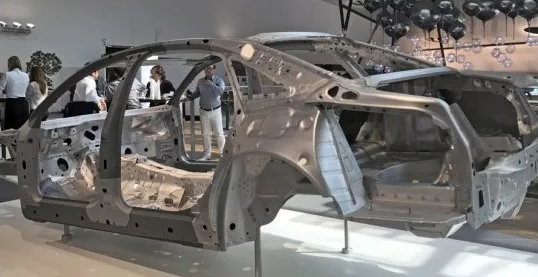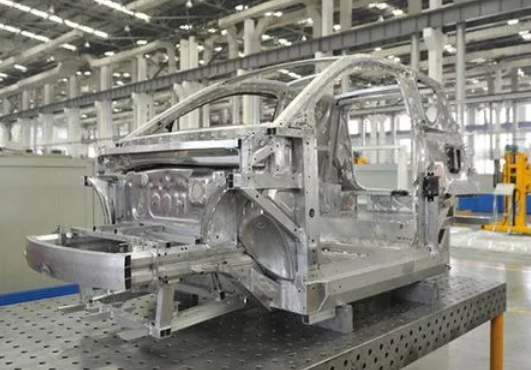The demand for automotive aluminum materials has increased significantly
Due to the increasingly stringent requirements of environmental protection and energy conservation, automobile lightweight has become the trend of the world’s automobile development.
At the Detroit auto show earlier this year, Ford unveiled 2022 F-150 models, the world’s first high-volume vehicle with an all aluminum body, opening a new era of automotive aluminum. At present, the proportion of all aluminum body models in North America is less than 1%, and the proportion of all aluminum body models in the world will only be lower.
According to the data of his automotive, the global production of passenger cars in 2013 was 82.8 million, and it is expected that the proportion of models with all aluminum body will reach 30% in 2025. Based on the average 350kg aluminum body, the demand for aluminum body will increase by 8.7 million tons. In order to meet these new demands, the body aluminum industry will see explosive growth.

The trend of accelerating the aluminum conversion rate of passenger cars in North America will soon affect China and other countries. In 2022, China’s automobile output was 22million, ranking first in the world. At present, the average aluminum consumption per vehicle is about 15% lower than that of developed countries. The spread of this trend from North America to China is an inevitable process.
Aluminum alloy parts used in automobiles, especially those used for body and joint parts, have high requirements for processing technology. To enter the supply chain of mainstream automobile manufacturers, they must undergo strict qualification certification, which often requires long production technology, processing technology and time accumulation.

Relevant personnel of Wanda aluminum group said, “in the prospect of the growing demand for high-end industrial aluminum products, the group will fully explore the market potential, consolidate the deep processing business, and actively expand the aluminum calendering business that has a synergistic effect with the industrial aluminum business, so as to build a sustainable growth model.”
